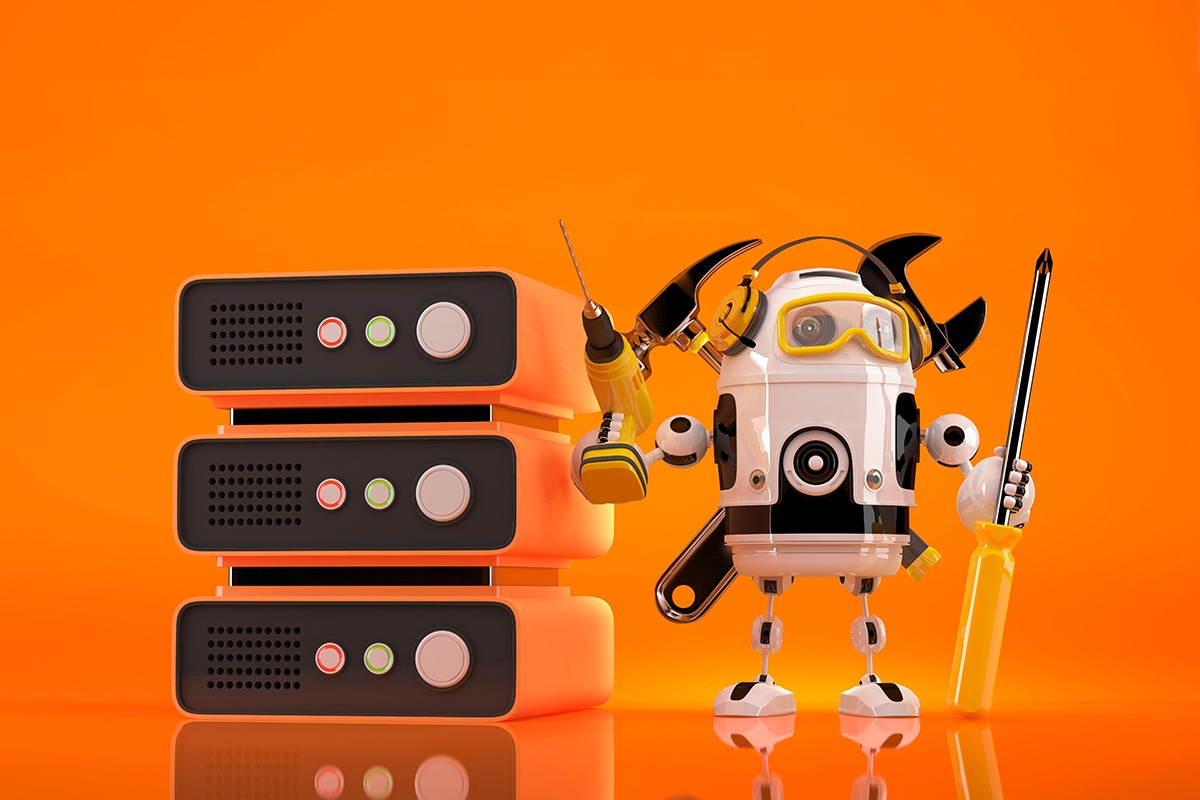5 Things You Can't Automate In Your Data Center5 Things You Can't Automate In Your Data Center
Data center automation is a hot topic, but some key areas still require a human touch. Find out which data center operations are resistant to automation – for now.

It's easy to assume that, in data centers and beyond, automation has no bounds. In a world where AI seems to offer a limitless range of opportunities for improving data center operations and networking, and where the IT industry as a whole has embraced the notion that workflows can become so fully automated that we reach the state of NoOps, there may appear to be nothing inside data centers that you we can't automate.
The reality, though, is more sobering. While modern technology offers great potential for data center automation in many areas, key facets of data center operations are likely to be impossible to automate for the foreseeable future.
In fact, the physical nature of data centers means that in some respects, data center facilities and equipment are even more challenging to automate than other types of IT infrastructures or environments, such as public cloud platforms, where everything that users interact with is defined in software and, therefore, easy to automate using software-based solutions.
To prove the point, here's a look at five aspects of data centers or data center operations that no one should expect to fully automate anytime soon.
1. Server Deployment
In the public cloud, deploying servers automatically is as simple as applying some Infrastructure-as-Code templates for provisioning cloud resources.
In a data center, however, that type of automation is not possible because the servers you deploy are physical hardware. Someone must install the servers, connect them to power and networking cables, ensure they are properly cooled, and so on.
Theoretically, robots can automate much of the work of server deployment inside data centers. However, to do this work cost-effectively using robots, you'd need to operate on a massive scale. You'd also need server deployments that are sufficiently consistent and predictable to automate without the assistance of humans. Today, most server deployments just don't meet this criteria.
There is a reason we still see few robots inside data centers, even though people have been talking about the potential of robotic data center automation for at least a decade: It's just not practical in most cases. Expect server deployments to remain manual for the foreseeable future.
2. Hardware Maintenance
Along similar lines, maintaining server hardware following deployment inside a data center is not a task that is feasible to automate in most cases. Swapping out failed disks, replacing worn cables and power supplies, and updating network cards are routine procedures in most data centers, and the only way to handle them is to deploy human technicians.
3. HVAC Installation and Maintenance
HVAC systems, which protect IT equipment from overheating, are an essential component of every data center. And like servers, HVAC systems comprise physical components that require maintenance by live human beings.
Remote HVAC sensors and monitoring systems can help to automate some of the processes associated with HVAC management, but ultimately, HVAC maintenance is not a job that you can easily automate in data centers.
4. Physical Security
Data center physical security is another domain where monitoring systems can help automate some tasks, but where manual human intervention is necessary for responding to major problems.
You can use sensors to track the movement of individuals inside your data center, and you can deploy biometric authentication devices to control physical access to the data center automatically. However, if you detect an intruder – or if your automated access control systems fail to operate properly – you'll need security personnel to respond.
5. Disaster Recovery
In some cases, disaster recovery routines can be automated – and in fact, disaster recovery automation is critical for saving time when restoring data or applications following a failure.
However, you can only automate disaster recovery if the assets you need to recover are software-based, and if you have sufficient infrastructure available to host the recovered assets.
If recovery requires the deployment of new hardware or replacement of failed components – which is likely to be the case if your data center suffers a natural disaster that renders some systems inoperable – you'll need to rely on humans to carry out the work manually.
The Limits of Data Center Automation
There are plenty of good reasons to automate data center operations as extensively as possible. But many aspects of data center management just don't lend themselves to automation.
Even in an age of generative AI and robotic technology, it's difficult to envision the complete removal of humans from data centers anytime soon.
About the Author
You May Also Like









